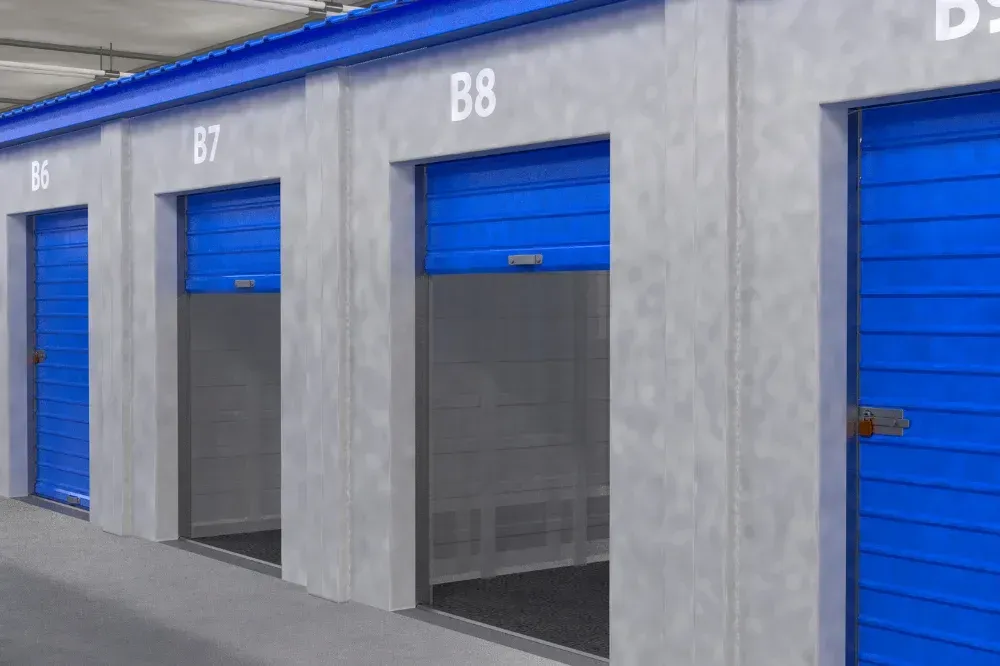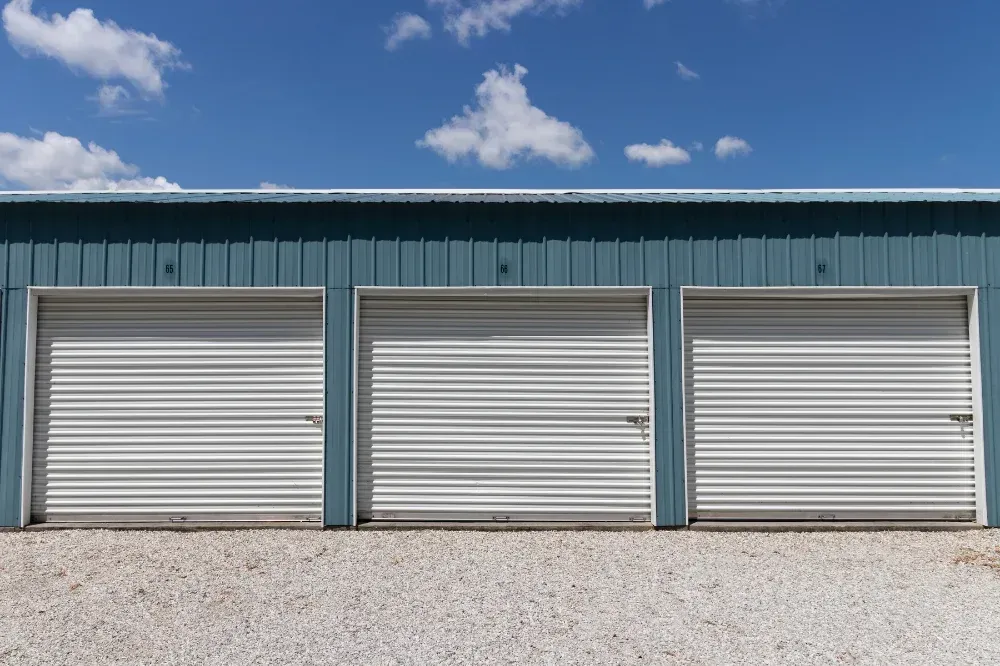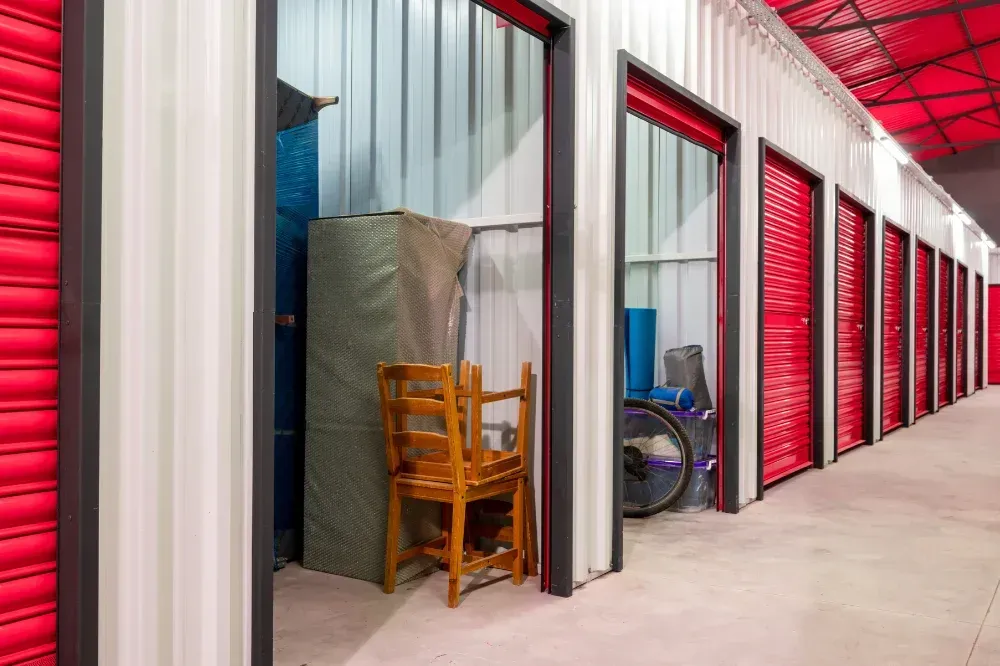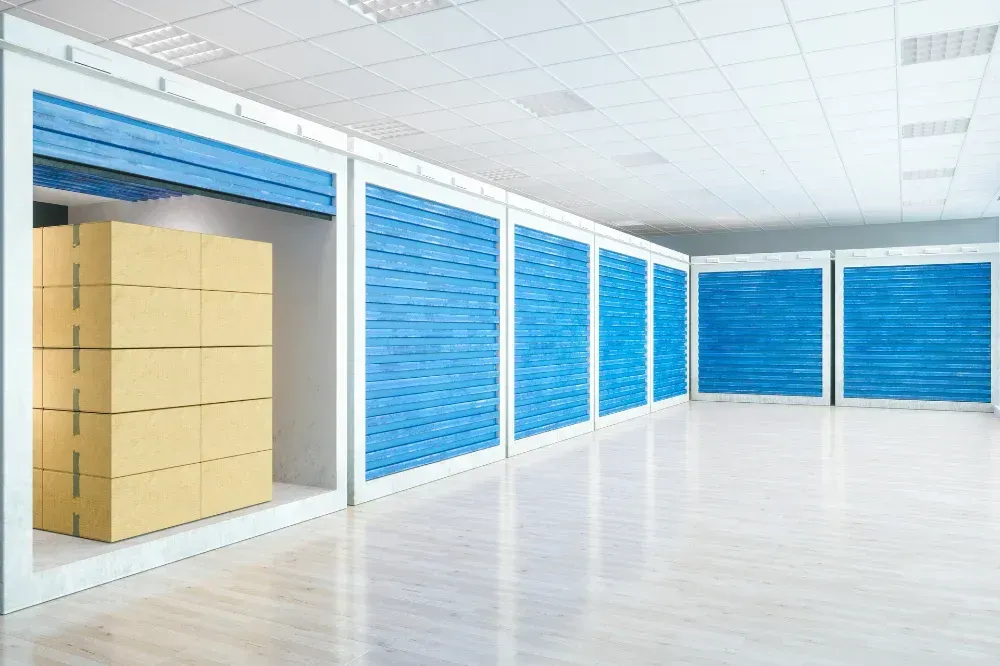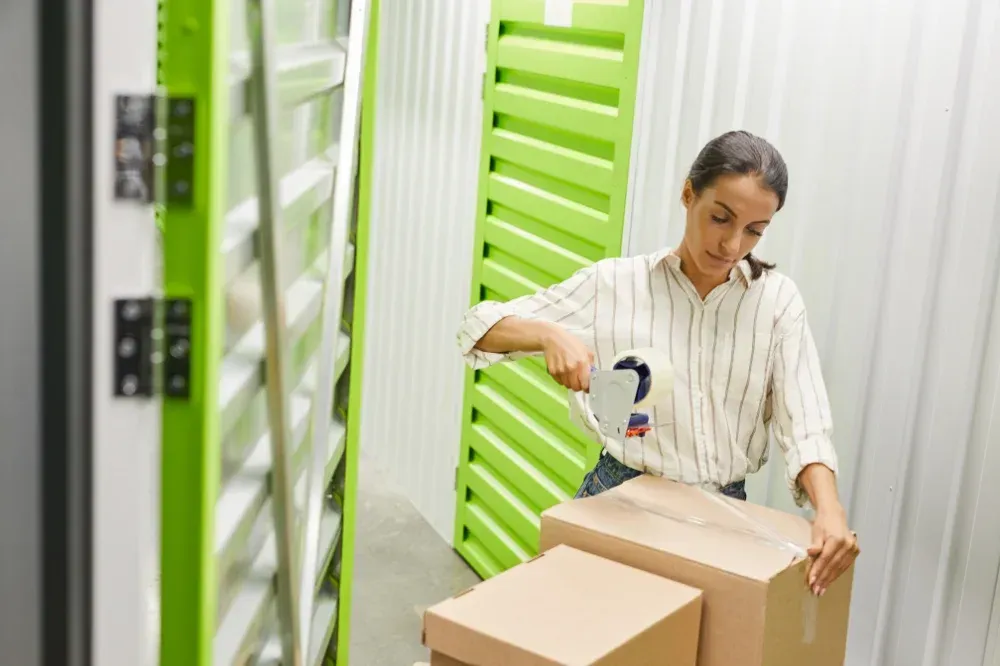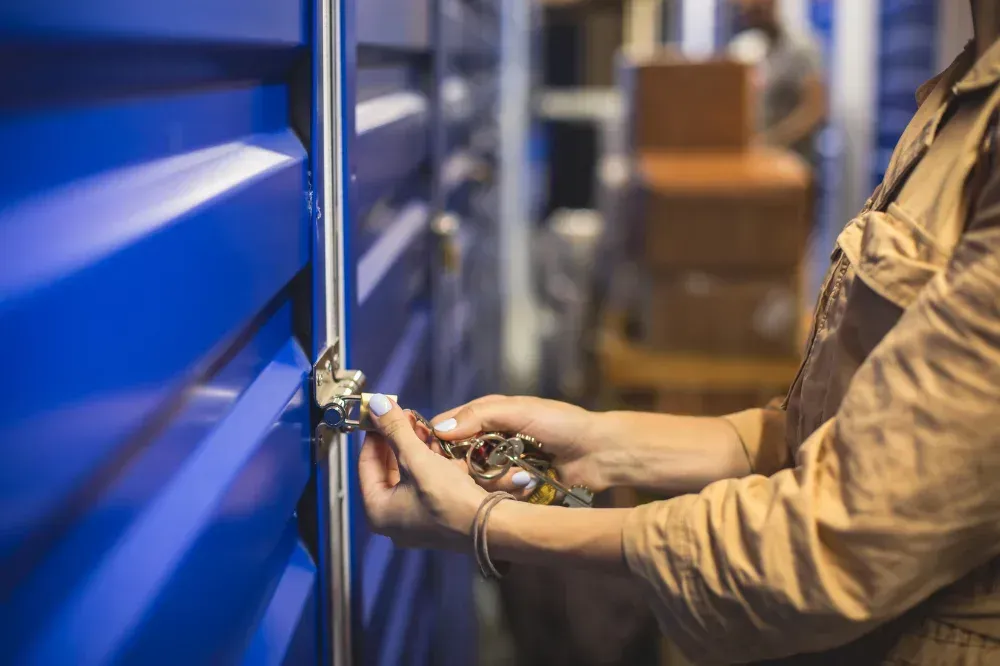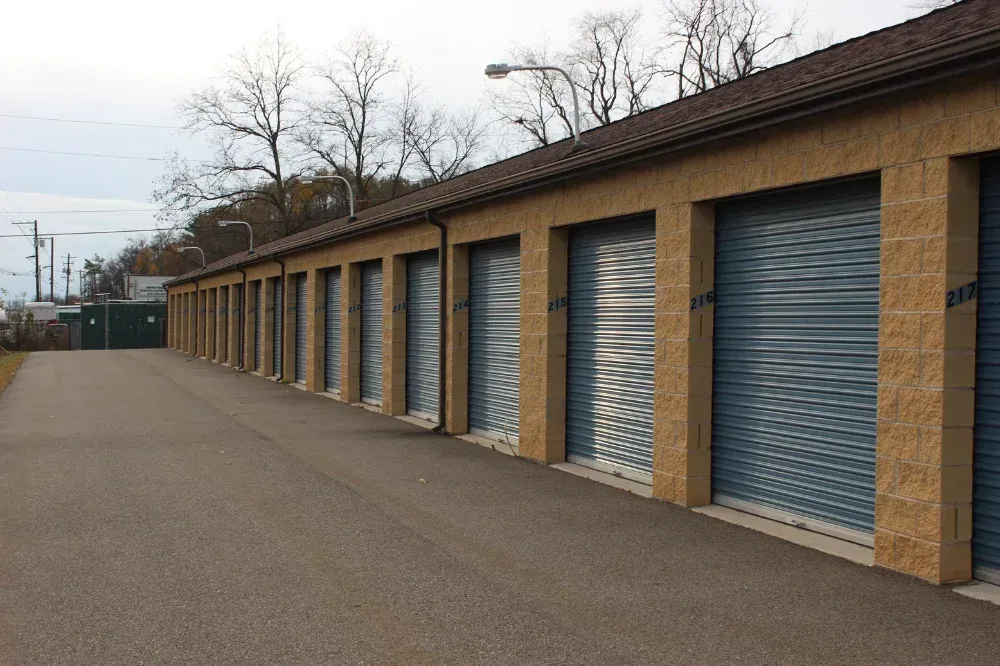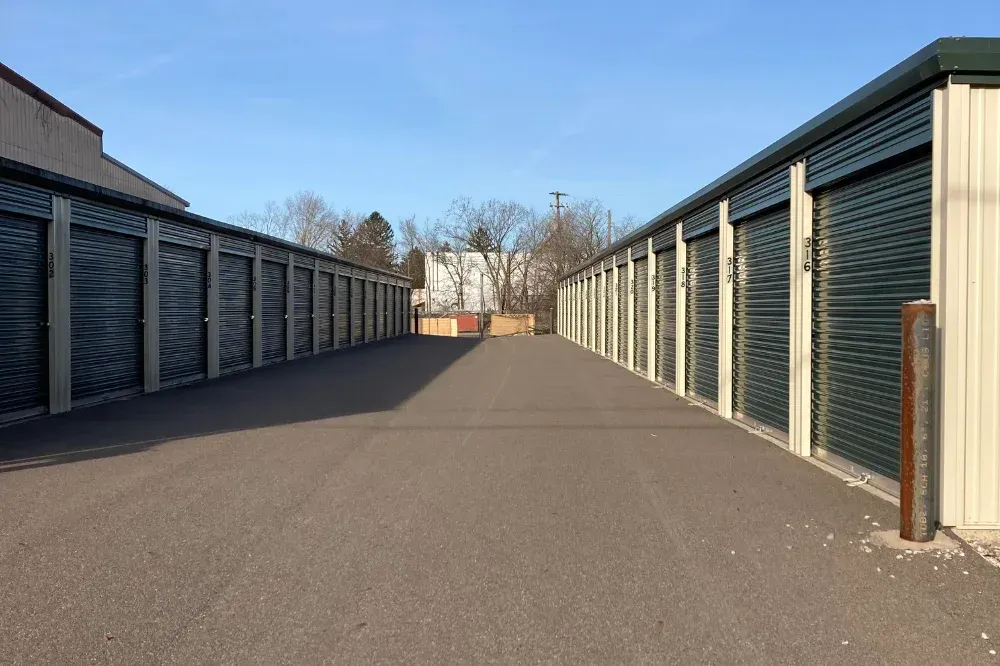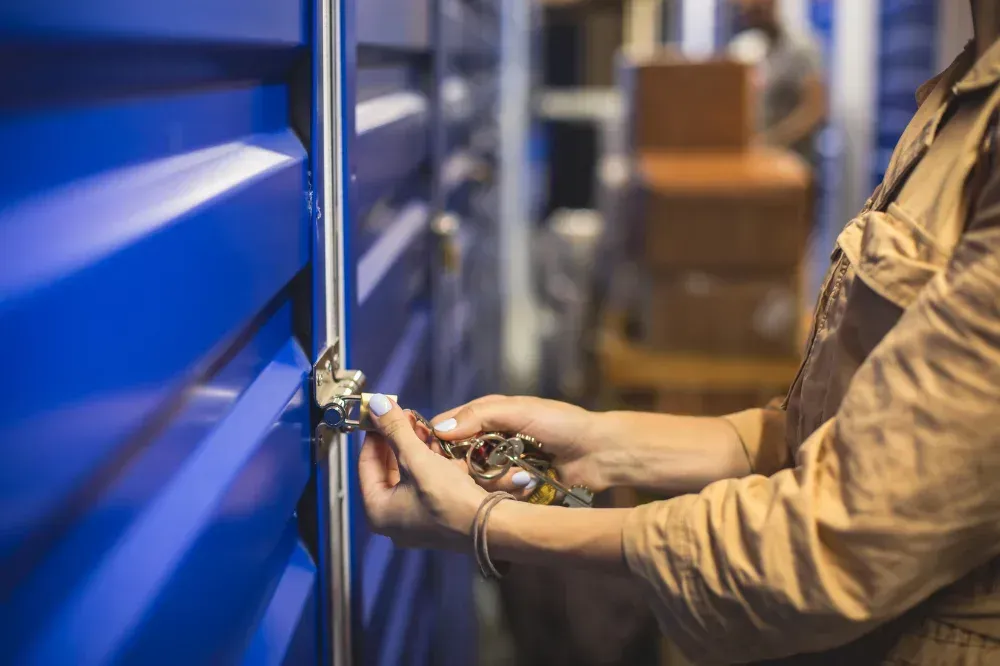Long-Term Storage: Best Practices for Protecting Your Items
Long-Term Storage: Best Practices for Protecting Your Items

Long-term storage is essential for preserving belongings that aren’t needed daily but hold sentimental, practical, or financial value. Whether you're downsizing, traveling, safeguarding heirlooms, or storing seasonal items, proper techniques ensure they remain in good condition over time.
Choosing the Right Storage Solution
The first step is deciding between home storage and a rented storage unit. While home storage is convenient and cost-effective, it may not provide ideal conditions for delicate or valuable items. Storage units offer additional security, and climate-controlled options protect against temperature fluctuations and humidity. These units are especially useful for wooden furniture, electronics, documents, and textiles, which can suffer irreversible damage from extreme conditions.
Preparing Items for Storage
Before storing items, thorough cleaning and drying prevent mold, mildew, and odors. Dust, dirt, and moisture can cause deterioration, especially in fabrics, wood, and electronics. Packing efficiently, labeling boxes clearly, and organizing by category and storage date will make retrieval easier.
Best Storage Materials
Using the right materials significantly impacts item longevity. Sturdy plastic containers with airtight seals offer better protection against moisture and pests than cardboard boxes. Fragile items should be wrapped in bubble wrap or foam padding, while silica gel packets help absorb excess moisture. Heavy-duty shelving keeps boxes off the ground, preventing water damage and improving accessibility.
Protecting Furniture and Large Items
Furniture requires special care in long-term storage. Wrapping pieces in plastic sheeting or breathable fabric prevents dust and moisture damage. Disassembling large furniture—such as beds and tables—saves space and ensures safer storage. Store screws and small parts in labeled bags for easy reassembly.
Storing Electronics Safely
Electronics are highly sensitive to temperature and humidity. Clean devices thoroughly, disconnect power sources, and remove batteries to prevent corrosion. Original packaging offers the best protection, but if unavailable, use sturdy, padded containers with anti-static materials. Store electronics in a climate-controlled environment and off the ground.
Clothing and Textile Storage
Fabrics, including clothing, bedding, and curtains, must be stored dry to prevent mold and mildew. Wash and fully dry items before packing. Vacuum-sealed bags save space and protect against dust and pests. Cedar blocks or lavender sachets deter moths without harsh chemicals. Store textiles in a cool, dry place away from direct sunlight.
Handling Important Documents and Photos
Documents and photographs require special storage to prevent yellowing and degradation. Archival-quality, acid-free folders and boxes offer protection, and a dry, dark environment prevents fading and warping. Fireproof and waterproof safes provide extra security for essential documents like passports and legal papers.
Food and Perishable Items
Perishable items should never be stored long-term, as they attract pests and spoil quickly. Non-perishable food—such as canned goods and vacuum-sealed products—should be stored in airtight containers in a cool, dark place. Follow a "first in, first out" rotation to ensure freshness.
Security Measures for Stored Items
Security is essential whether storing items at home or in a facility. Choose storage units with 24/7 surveillance, controlled access, and security personnel. For home storage, use motion-activated lights, security cameras, and heavy-duty locks. Store valuables in locked, tamper-resistant containers or safes for added protection.
Climate and Environmental Factors
Temperature fluctuations, humidity, and pests pose risks to stored items. Climate-controlled storage mitigates these issues, especially for electronics, furniture, and paper documents. Elevate items to prevent water damage from leaks or flooding. Sealing storage area cracks helps keep out rodents and insects, and natural deterrents like peppermint oil can further reduce pest risks.
Insurance for Stored Items
Despite proper precautions, theft, fire, and natural disasters can occur. Storage insurance offers financial protection in case of damage or loss. Some storage facilities include insurance in rental agreements, while homeowner’s or renter’s insurance may also provide coverage. Reviewing policy details ensures valuable items are adequately protected.
Regular Maintenance and Inspection
Periodic inspections help ensure stored items remain in good condition. Check for moisture buildup, pests, or damage every few months. Reorganize boxes if needed and replace worn-out packing materials. Keep labels clear for easy access, and inspect fragile items for signs of deterioration. Addressing issues early prevents costly damage.
When to Downsize or Remove Items from Storage
Regularly assess storage contents to avoid unnecessary clutter and expenses. If items haven’t been used in years, consider selling, donating, or recycling them. Online marketplaces, garage sales, and charity donations are great ways to repurpose unused belongings. Downsizing storage reduces costs and ensures only valuable or meaningful items are kept.
Conclusion
Effective long-term storage involves choosing the right storage solution, using high-quality materials, maintaining security, and conducting regular inspections. Climate-controlled storage adds protection for sensitive items, while labeling and organization make retrieval easier. Security measures and pest prevention help keep belongings safe. Regular reassessment prevents excessive storage costs and makes it easier to decide when to remove or repurpose items. Following these best practices ensures items remain in excellent condition for years.

